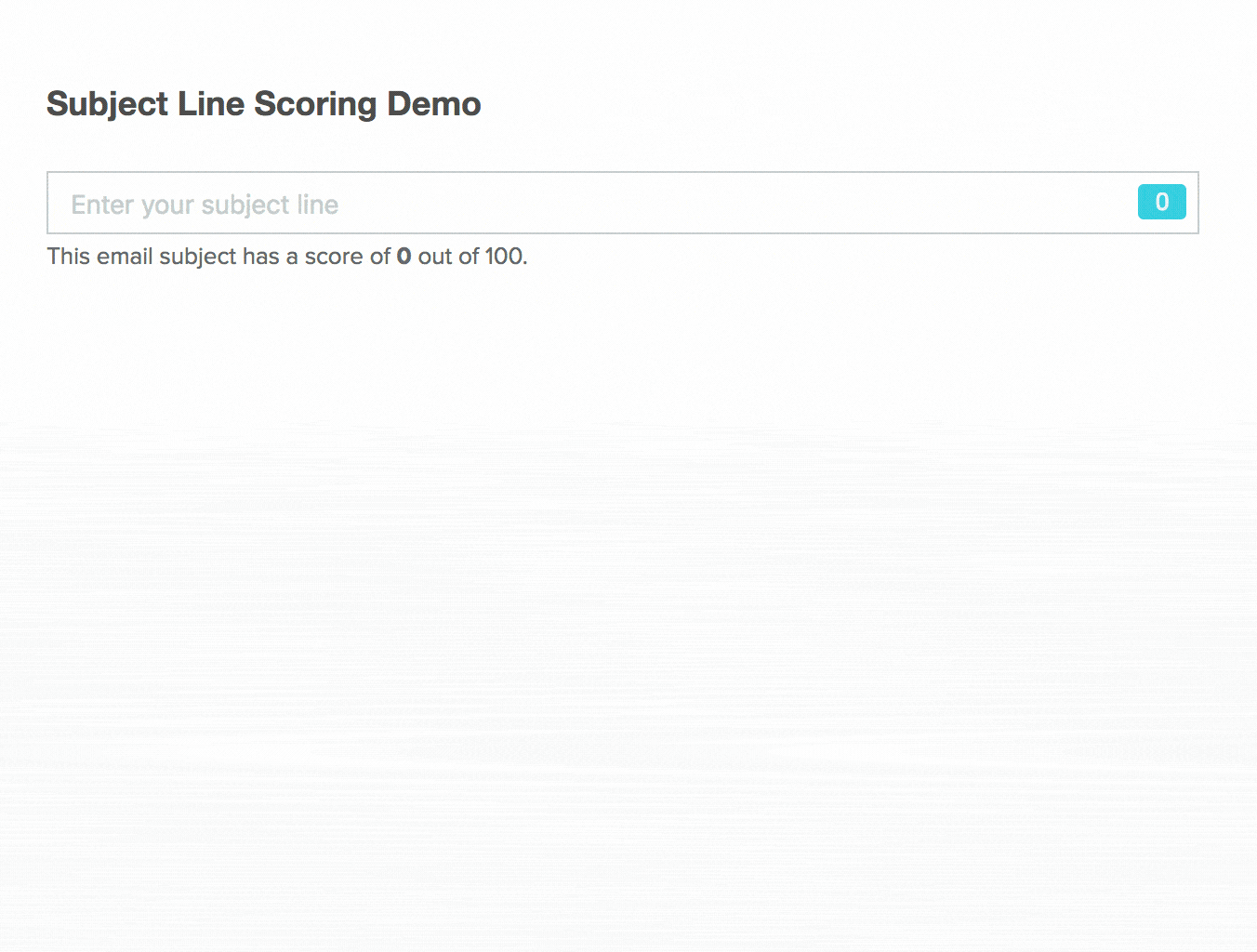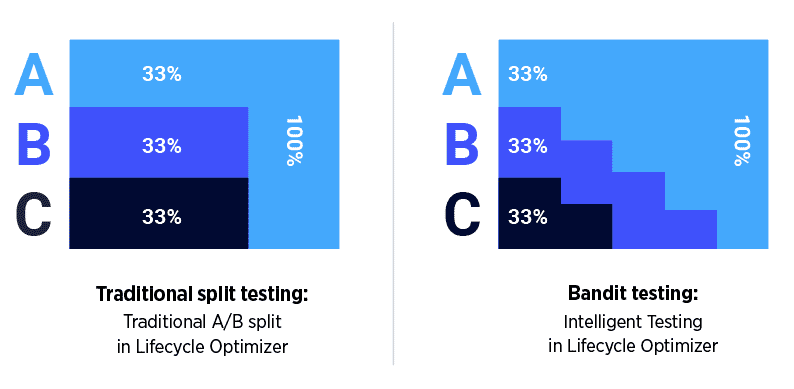Data & AI
3 Ways to Drive Business Value With AI in Email Marketing
August 13, 2020

McKinsey reports that retailers that have embraced artificial intelligence wholeheartedly generate profit margins at ten percentage points higher than those retailers who aren’t prioritizing AI. One problem for marketers is many of them don’t understand how to use this technology in their day-to-day roles, such as utilizing AI in email marketing.
Of course, implementing AI is easier said than done. For one, marketers don’t all even know what AI is and how it differs from machine learning, let alone how to use it to drive business growth. Fortunately, that doesn’t matter. The question isn’t, “What is AI?” but “What can AI do for me?”
In other words, marketers should be buying an output, not a technology. When utilized most effectively, it automates mundane tasks, which makes AI in email marketing a perfect fit. This allows marketers to spend their time focusing on the innovations that will transform their organizations. Here are three examples of practical applications:
How to Use AI in Email Marketing
Improve subject lines. Email is the most consistently lucrative digital marketing channel, but the best email in the world won’t make an impact if nobody opens it. AI has the ability to analyze a brand’s historic email sends to identify the top-performing subject lines. With that data, tools like Sailthru’s Subject Line Scoring make suggestions as you type, recommending the best possible subject lines to cut through the clutter.

Proactive reporting. How can you build a better customer retention strategy without measuring your current performance? You can’t. And you also can’t do this as quickly and efficiently as AI, which proactively flags anomalies, both positive and negative. This helps marketing teams focus their attention on solving problem or tweaking their future plans based on what’s already working, in order to remain angle and increase revenue.
Automated testing. Every marketer knows there’s tension between speed and revenue gains. You can increase audience size to identify the winning variant faster… but you may miss revenue on losing variations in the process. A form of AI called bandit testing helps automatically determine how much traffic each of your options should get at any given point in time based on success. If one variant appears to be winning, bandit testing will increase the amount of traffic there. And the best part is, bandit testing can (and should) be applied to every testable aspect of the customer journey.

This was just a teaser. For more in-depth explanations about the above use cases and four others — as well as the importance of integrating them — download our guide to Marketing with Artificial Intelligence here.
The State of Brand Loyalty in the U.S. in 2023
Related



